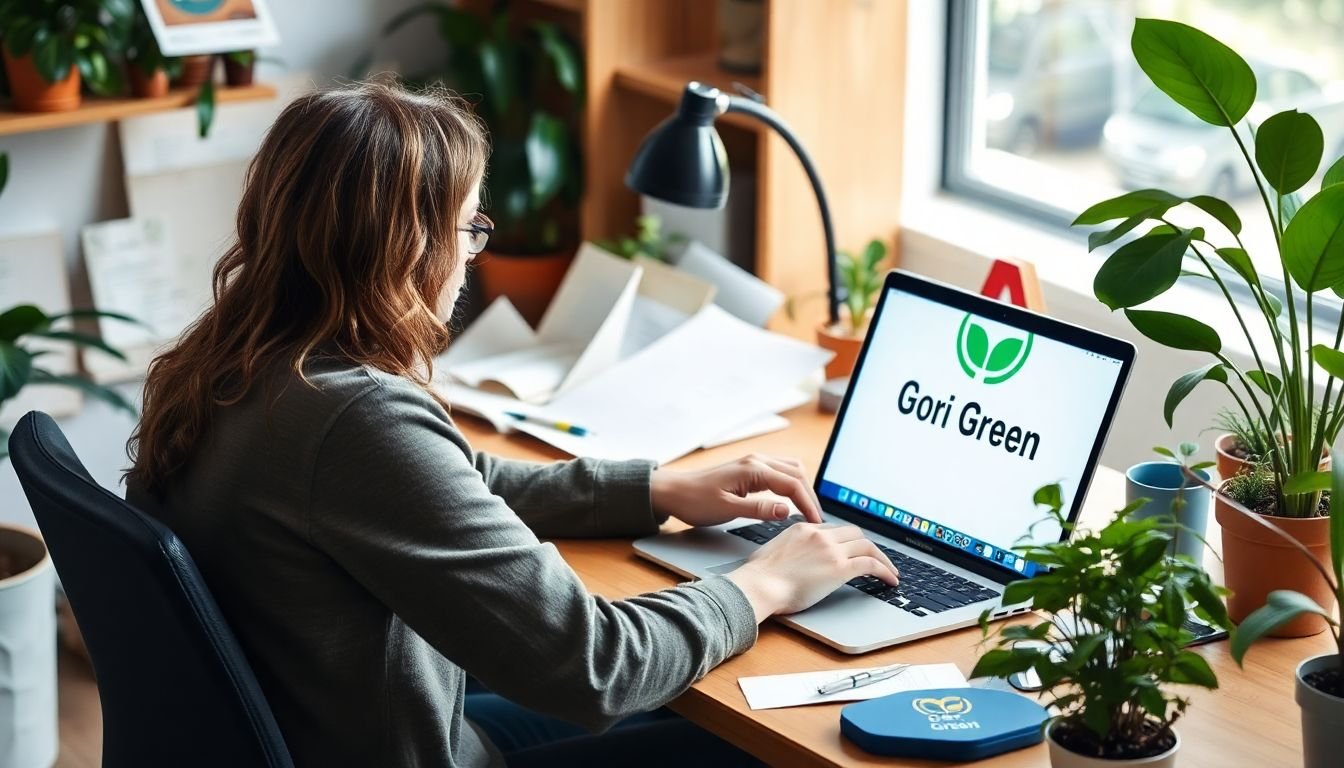
Table of Contents
Did you know that the graphic design industry contributes significantly to environmental issues, with paper waste being a major culprit? According to a study by the Environmental Paper Network, the paper industry is responsible for approximately 25% of global wood harvest and 40% of industrial wood, leading to deforestation and habitat destruction. But what if we told you that you can create stunning, high-quality visuals without contributing to this environmental strain? Welcome to the world of sustainable graphic design, where eco-friendly practices meet exceptional visual content. In this comprehensive guide, we promise to equip you with the knowledge and tools necessary to create sustainable graphics that don’t compromise on quality. So, let’s dive in and explore how we can make a difference, one design at a time.
First, let’s address the elephant in the room: can sustainable design really maintain the same level of quality as its less eco-friendly counterparts? The short answer is a resounding yes! Sustainable design is not about sacrificing aesthetics for ethics; rather, it’s about finding innovative ways to merge the two. Think of it like this: if Leonardo da Vinci had access to recycled paper and digital tools, would his masterpieces have been any less magnificent? We think not. So, why should we settle for anything less in our pursuit of sustainability?
Now, you might be wondering, ‘Where do I start?’ or perhaps, ‘How can I ensure my designs are truly eco-friendly?’ Fear not, dear reader, for we have crafted this article with you in mind. By the end of this journey, you will have a solid understanding of sustainable graphic design principles, practical tips for implementing eco-friendly practices, and a renewed appreciation for the power of design to drive positive change. So, buckle up and get ready to revolutionize your design process, one sustainable step at a time.
Green Design, Vibrant Visuals: A Guide to Sustainable Graphic Design
In the vibrant tapestry of the design world, graphic design stands as a dynamic and influential player, shaping our visual landscape with every billboard, logo, and webpage. However, as our planet faces increasing environmental challenges, the industry is evolving, embracing a greener, more sustainable approach. Welcome to the realm of green design, where creativity meets conscience, and vibrant visuals are no longer at the expense of our environment. This guide is your compass, navigating the intersection of sustainability and graphic design, exploring innovative materials, digital alternatives, and eco-friendly practices that don’t compromise on aesthetics. From the power of paper to the potential of pixels, we delve into the world of green design, proving that you can have your art and save the planet too. So, let’s roll up our sleeves, sharpen our pencils, and design a brighter, greener future, one vibrant visual at a time.
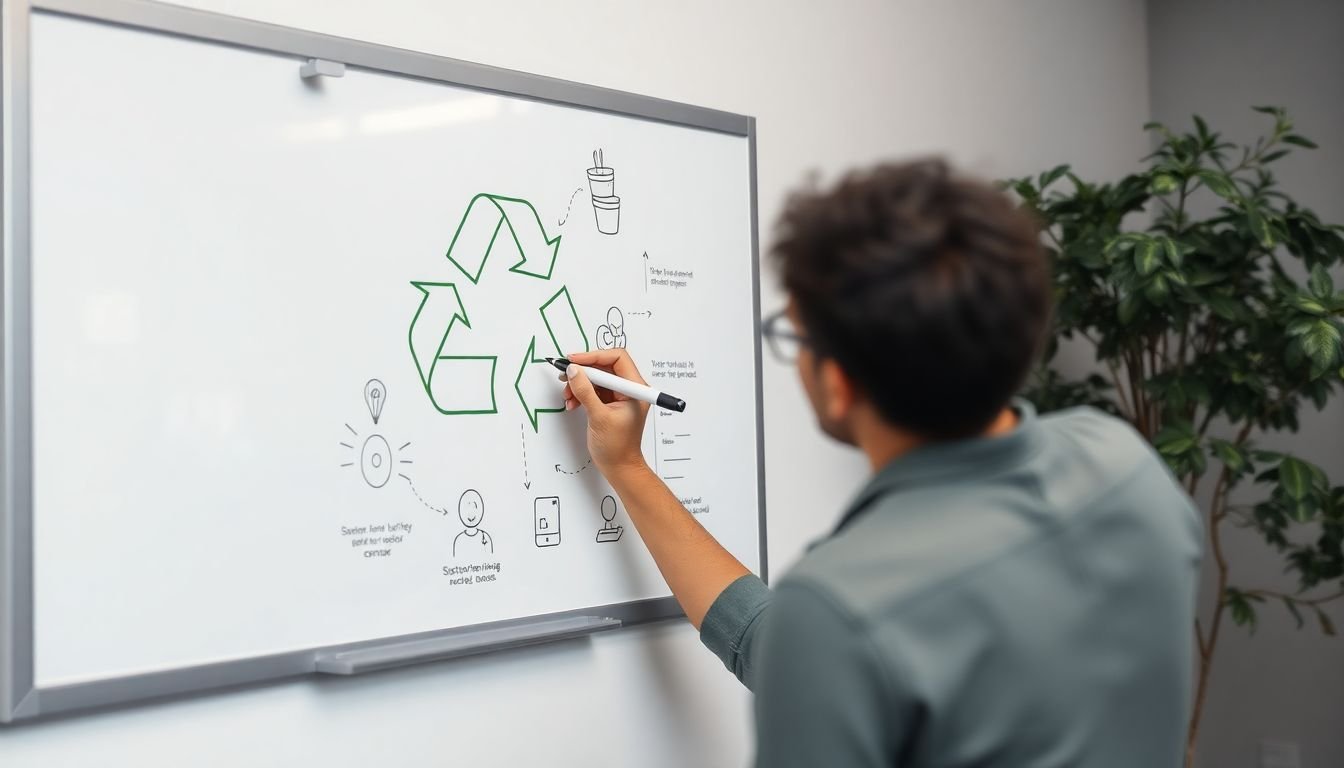
Understanding Sustainable Design
Sustainable design, a concept that transcends industries, finds a unique application in graphic design. At its core, it’s about creating visually compelling work that minimizes environmental impact and promotes social responsibility. Let’s dive into this concept, its importance, benefits, and common misconceptions.
The importance of sustainable design in graphic design lies in its potential to reduce waste and promote a more eco-friendly industry. Traditional graphic design processes often involve heavy use of paper and ink, contributing to deforestation and pollution. Sustainable design challenges this norm by encouraging digital platforms, recycled materials, and minimalist designs that require fewer resources.
One of the key benefits is the cost-effectiveness. Sustainable materials and processes often result in long-term savings. Moreover, it opens up opportunities for businesses to appeal to environmentally conscious consumers, enhancing brand image and customer loyalty.
Now, let’s address some misconceptions. First, sustainable design isn’t about compromising aesthetics. Designers can create striking, innovative work using sustainable principles. Second, it’s not just about using recycled paper; it’s about considering the entire lifecycle of a project, from concept to disposal.
Here are some sustainable design principles in action:
- Minimalism: Reducing the amount of ink used in a design, or even eliminating print altogether by opting for digital platforms.
- Recycled Materials: Using paper made from recycled fibers or other eco-friendly materials like bamboo or soy-based inks.
- Durability: Designing for longevity, ensuring that a piece can be used or viewed multiple times before needing to be replaced or thrown away.
- Educational: Incorporating environmental messages into the design to raise awareness and promote sustainability.
For instance, the ‘Less is More’ campaign by M&C Saatchi used minimalist design to promote recycling, while Patagonia’s ‘Worn Wear’ initiative encourages customers to repair and reuse their clothing.
In conclusion, sustainable design in graphic design is not just a trend, but a necessity. It’s about responsibility, innovation, and creating a better future, one design at a time.

The Impact of Traditional Design Practices
The graphic design industry, while a vibrant and creative sector, has traditionally had a significant environmental impact. The process of design and printing, once a labor of love, has evolved into a complex system that demands a closer look at its environmental footprint.
The most apparent impact is the sheer volume of paper waste generated. From initial sketches to final proofs, designers and printers alike consume vast amounts of paper. According to a study by Two Sides, the paper, printing, and publishing industry in the U.S. alone uses around 90 million tons of paper annually. This figure doesn’t account for the paper waste generated by the design process itself.
Ink usage is another critical factor. While digital platforms have reduced the need for physical printing, traditional design practices still require substantial amounts of ink. The production and disposal of inks can have severe environmental consequences. Some inks contain hazardous materials that can pollute waterways and harm aquatic life if not disposed of properly.
Moreover, the energy consumption in the design and printing process is substantial. The production of paper, the operation of printing presses, and the disposal of waste all require significant amounts of energy. The environmental impact of this energy consumption is exacerbated by the fact that much of it comes from non-renewable sources.
However, it’s not all doom and gloom. The design industry is increasingly recognizing the need for sustainability. Many designers and printers are adopting eco-friendly practices, such as using recycled paper, vegetable-based inks, and energy-efficient equipment. Some are even exploring digital alternatives to traditional printing methods.
In conclusion, while traditional graphic design practices have a notable environmental impact, the industry is not stagnant. By acknowledging and addressing these issues, we can strive for a more sustainable future in design.
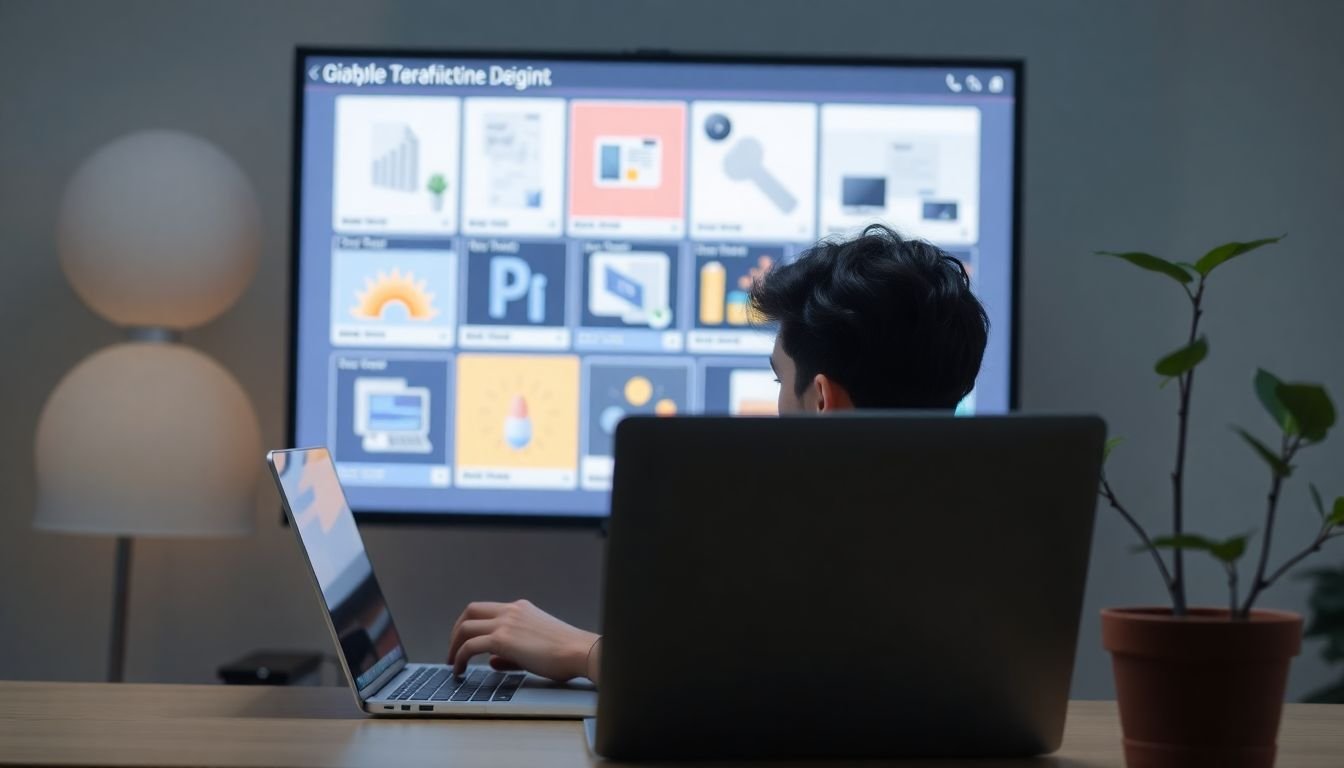
Digital Design: The Eco-Friendly Alternative
In the contemporary design landscape, digital design has emerged as a beacon of sustainability, offering a compelling eco-friendly alternative to traditional print methods. At its core, digital design minimizes paper waste, a significant contributor to deforestation and landfill accumulation. By eliminating the need for physical prints, it reduces the demand for raw materials and energy-intensive production processes, thereby lowering carbon emissions.
Consider, for instance, the digital billboards that have replaced traditional paper posters in many urban areas. These dynamic displays can showcase multiple designs, reducing the need for frequent reprints and waste disposal. Similarly, digital catalogs and magazines, accessible via tablets and smartphones, have slashed paper consumption, making them a popular choice among environmentally conscious consumers.
Moreover, digital design platforms facilitate remote collaboration, reducing the need for travel and associated emissions. Files can be shared and edited in real-time, across continents, without the need for physical transportation. This not only benefits the environment but also enhances efficiency and productivity.
Successful digital design campaigns, such as the ‘Paperless Kitchen’ initiative by IKEA, have demonstrated the power of this medium. By offering customers the option to view product information digitally, IKEA has reduced paper usage by millions of sheets annually. Similarly, the ‘Digital Issue’ campaign by National Geographic, which allowed readers to access the magazine via an app, saved over 10 million trees.
In conclusion, digital design is not just about creating visually appealing content; it’s about making a tangible difference to our planet. By embracing this eco-friendly alternative, we can collectively reduce our carbon footprint and contribute to a sustainable future.
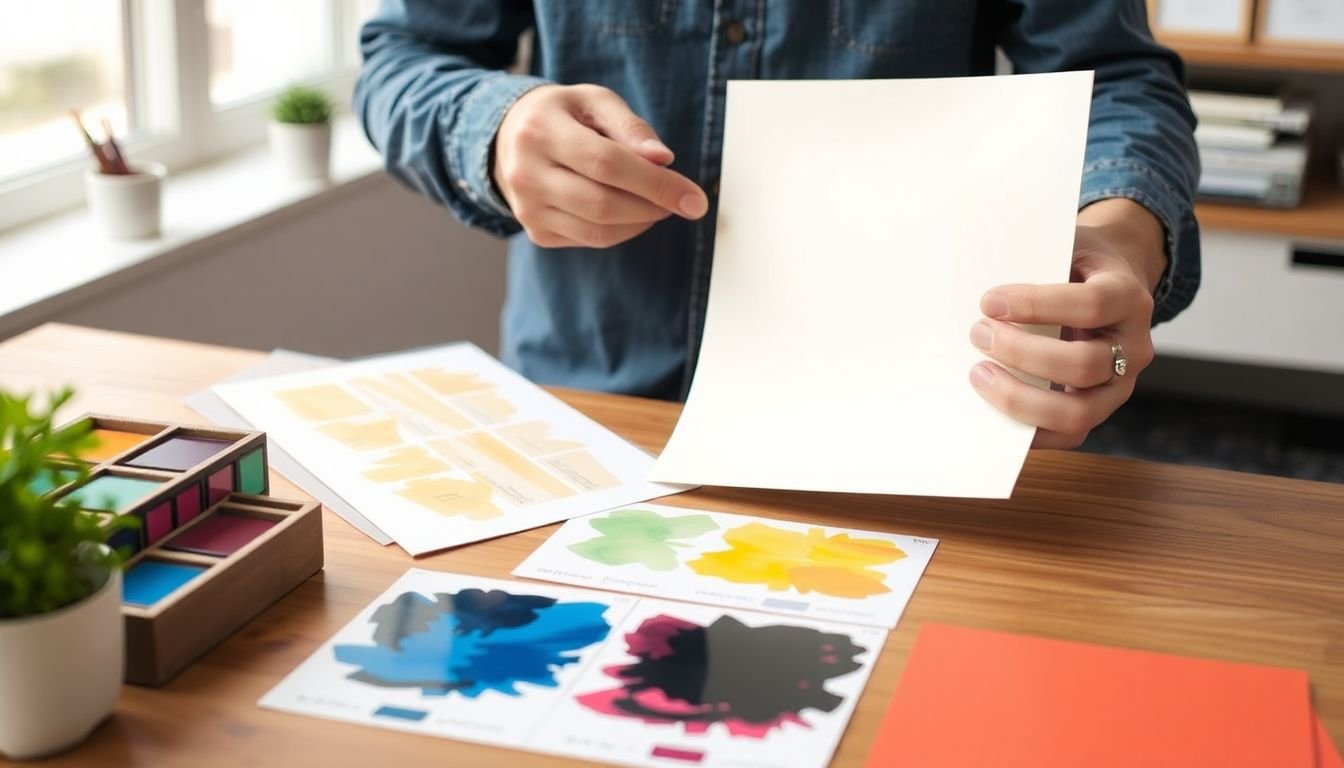
Choosing Eco-Friendly Materials
Embarking on a sustainable design journey? Let’s dive into the wonderful world of eco-friendly materials! First, let’s talk about the humble paper. Did you know that recycled and recyclable papers are not only kind to the environment but also come in a myriad of textures and colors? They’re like the eco-warrior’s secret weapon, adding a unique charm to your designs while saving trees. Look for papers with high post-consumer waste content, and remember, the higher the percentage, the better!
Now, let’s talk inks. Soy-based inks are the superheroes of the printing world. They’re not only non-toxic and low in volatile organic compounds (VOCs), but they also produce vibrant colors that will make your designs pop. Plus, they’re biodegradable, so they won’t leave a lasting impact on the planet.
But the eco-friendly material party doesn’t stop at paper and ink. There’s a whole host of materials out there just waiting to be discovered. From biodegradable plastics made from plant materials like corn or sugarcane to cork, bamboo, and even recycled metal, the possibilities are endless. These materials are not only sustainable but also add a unique touch to your designs.
So, where can you find these eco-treasures? The internet is your oyster! Websites like Paper Source, EcoCocoon, and Paper Mart offer a wide range of eco-friendly materials. Don’t forget to check out local art supply stores too. They might have some hidden gems. And remember, it’s always a good idea to ask. Suppliers are often happy to help you find what you’re looking for.
Here are some tips to help you on your eco-friendly material hunt:
- Look for certifications like the Forest Stewardship Council (FSC) or the Sustainable Forestry Initiative (SFI) for paper.
- Check the label for the recycling symbol and look for the percentage of post-consumer waste.
- Ask suppliers about their materials and processes. They might have more eco-friendly options than you think!
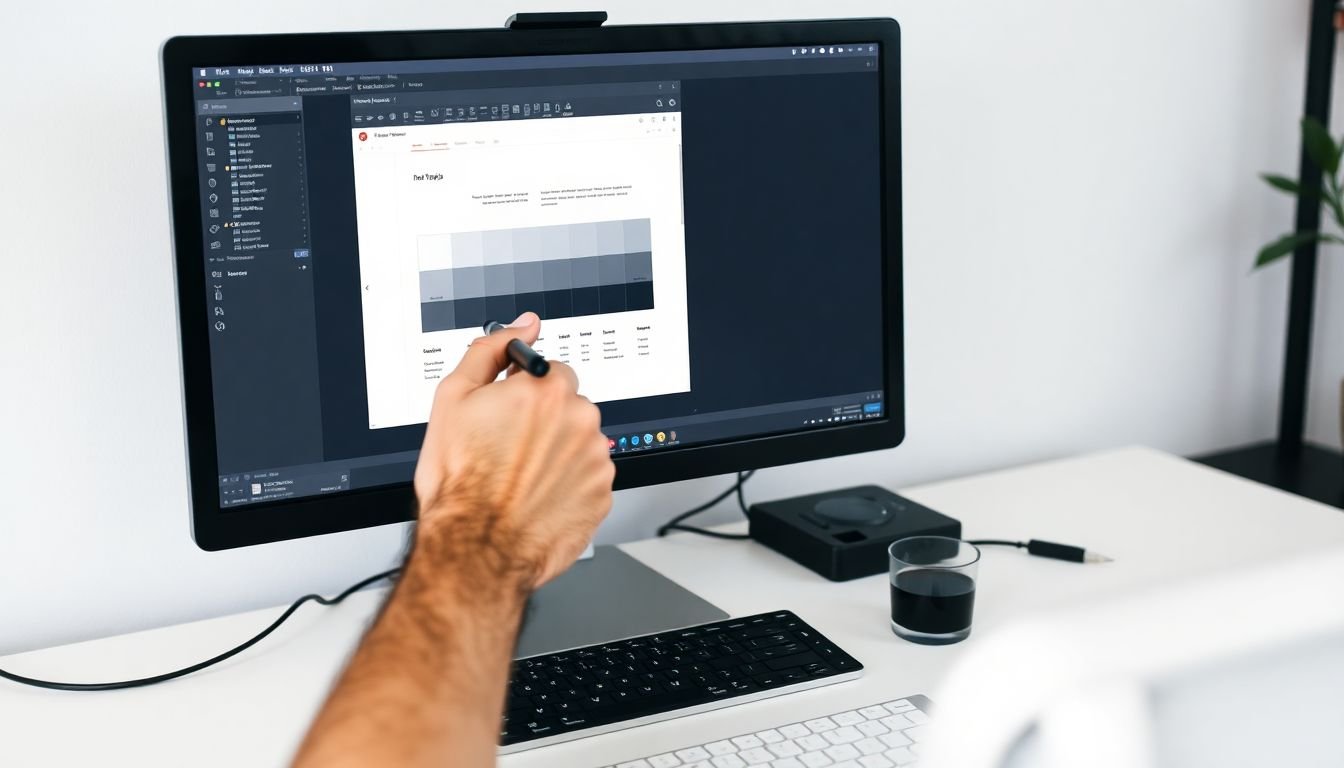
Minimizing Ink Usage
In the realm of graphic design, the quest for sustainability often intersects with the desire to create visually striking pieces. One way to achieve this is by minimizing ink usage, a practice that not only benefits the environment but also opens up creative avenues. Let’s delve into some strategies to reduce ink consumption without compromising on design impact.
Spot colors, traditionally used in printing to ensure consistent hues, can be a double-edged sword. While they provide precise color control, they also require separate printing plates, increasing ink usage. To mitigate this, consider using process colors (CMYK) instead. By cleverly combining cyan, magenta, yellow, and black, you can create a wide range of colors using just one set of plates. This not only reduces ink usage but also simplifies the printing process.
Minimalist design trends offer another avenue for ink reduction. By embracing simplicity and focusing on essential elements, you can create powerful designs using fewer colors and less ink. This approach encourages the use of white space, monochromatic schemes, or subtle gradients, all of which require less ink. Moreover, minimalist designs often translate well to digital platforms, further extending their ink-free lifespan.
Digital alternatives to traditional printing methods can also significantly reduce ink usage. Vector graphics, for instance, use mathematical equations to define shapes, allowing for crisp, scalable images that require no ink at all. Similarly, digital platforms like websites and social media allow for dynamic, interactive designs that can captivate audiences without the need for physical ink.
To achieve vibrant designs with less ink, consider the following tips:
- Use a limited color palette to reduce the need for multiple ink colors.
- Embrace transparency and overlays to create depth and interest with fewer colors.
- Experiment with textures and patterns to add visual interest without additional colors.
- Consider using duotone or tritone effects to create striking designs with just two or three colors.
By incorporating these strategies into your design process, you can create compelling visuals that are not only easy on the eyes but also kind to the environment.
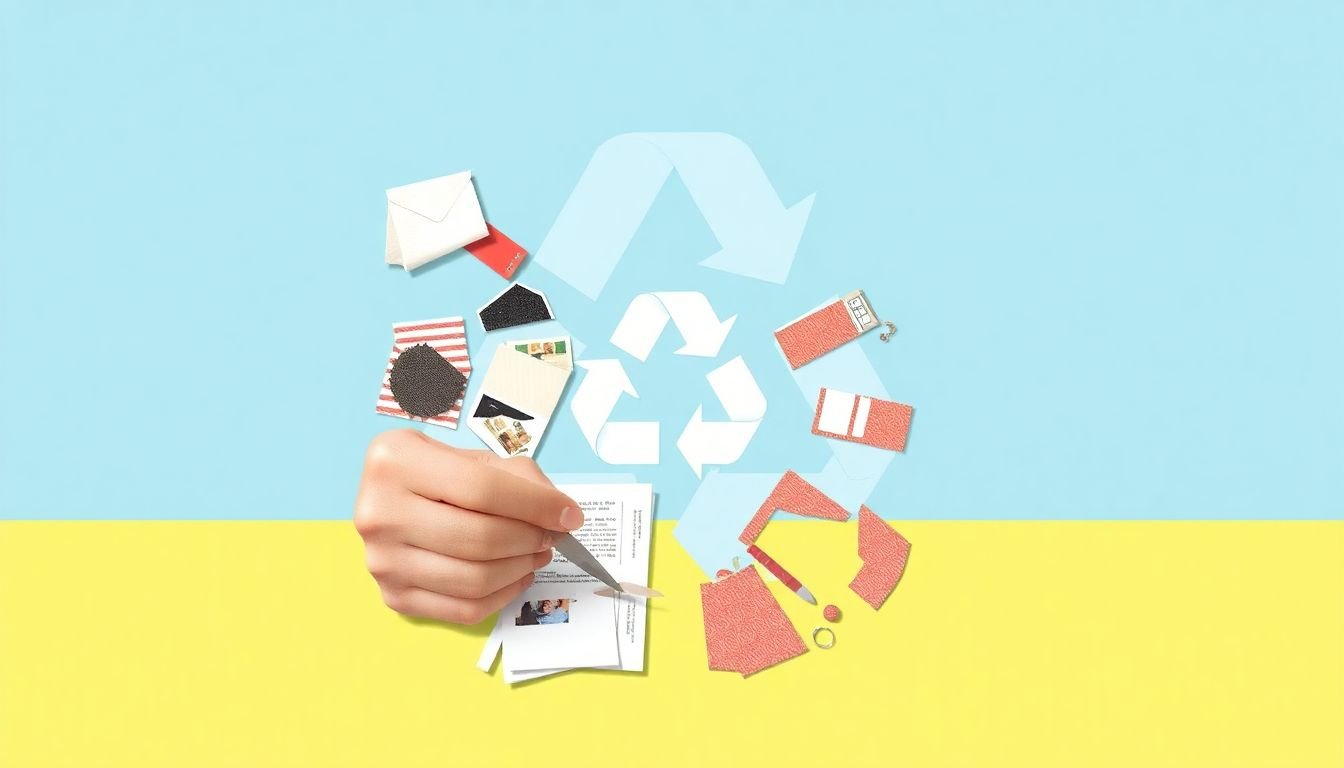
The Art of Repurposing
In the dynamic world of graphic design, the art of repurposing and upcycling has emerged as a creative and eco-friendly approach that not only reduces waste but also fosters innovation. Repurposing, in this context, involves taking an existing design, graphic element, or even a simple shape and transforming it into something entirely new and unique. This concept is not about replication, but rather about adaptation, evolution, and giving new life to old designs.
The process of repurposing can take many forms. For instance, a designer might start with a simple geometric shape from an old project. Instead of discarding it, they could manipulate its size, color, and orientation to create a completely different visual element. This could then be integrated into a new design, perhaps as part of a logo, an illustration, or even a typographic composition. The possibilities are endless, limited only by the designer’s imagination.
Upcycling, a related concept, takes this idea a step further. It involves taking an old design or graphic element and not just reusing it, but elevating it to a higher level. This could mean combining it with other elements to create a complex, layered design, or it could involve using it in a new context that gives it fresh meaning. For example, a simple line drawing from an old sketchbook might be transformed into a intricate, stylized pattern for a modern textile design.
The benefits of this approach are manifold. From an environmental standpoint, repurposing and upcycling help to reduce waste and promote sustainability. In a world where resources are increasingly scarce, every effort to minimize waste is valuable. Moreover, these practices encourage a more mindful approach to design, one that values the potential in existing elements rather than constantly seeking new inspiration.
Creatively, repurposing and upcycling can lead to some of the most innovative and unexpected designs. By challenging ourselves to find new uses for old elements, we push the boundaries of our creativity and discover new ways of seeing and expressing ourselves. It’s a reminder that in design, as in life, nothing is ever truly wasted
- it’s just waiting for its next purpose.

Educating Clients on Sustainable Design
Educating clients about the importance of sustainable design is a rewarding journey that combines environmental responsibility with exceptional project outcomes. The key lies in communicating the benefits, addressing misconceptions, and demonstrating that sustainability doesn’t compromise quality or increase costs.
Firstly, it’s crucial to understand your client’s values and priorities. This understanding helps tailor your approach to resonate with their personal or business ethos. For instance, if they’re driven by cost savings, highlight how sustainable practices can reduce long-term operational expenses.
Next, debunk the myth that sustainable design is expensive. This misconception often stems from the belief that eco-friendly materials and technologies are more costly. While some initial investments might be higher, many sustainable practices actually save money in the long run. For example, energy-efficient lighting and appliances reduce utility bills, and water-saving fixtures lower water costs.
To incorporate sustainable practices without compromising quality, consider the following steps:
- Design for Efficiency: Optimize building orientation, layout, and insulation to maximize natural light and heat, reducing the need for artificial lighting and heating.
- Specify Eco-Friendly Materials: Choose locally sourced, recycled, or rapidly renewable materials. These not only reduce the project’s carbon footprint but also support local economies.
- Integrate Renewable Energy: Explore options like solar panels, wind turbines, or geothermal systems to offset energy consumption.
- Promote Water Conservation: Install low-flow fixtures, rainwater harvesting systems, and native, drought-resistant landscaping.
Remember, every project is unique, and the specific sustainable practices will vary based on the client’s needs, the project’s location, and its intended use.
Lastly, educate your clients about the potential certifications and ratings their project could achieve, such as LEED, BREEAM, or WELL. These not only demonstrate a commitment to sustainability but can also enhance the project’s market value and reputation.
By following these steps and maintaining open, honest communication, you can successfully educate your clients about the importance of sustainable design, ultimately creating a more sustainable future together.

The Future of Sustainable Design
In the dynamic realm of graphic design, the future is not just about aesthetics, but also about responsibility. Sustainable design, once a niche, is now a global imperative, driven by emerging trends and technologies that are redefining the way we create and consume visual content.
The digital landscape is a fertile ground for eco-friendly innovation. Advancements in digital design tools are enabling designers to create with minimal environmental impact. For instance, cloud-based software reduces the need for hardware upgrades, thereby decreasing e-waste. Moreover, digital platforms allow for easy collaboration and sharing, eliminating the need for physical prints in many cases.
Augmented Reality (AR) is another field that’s transforming sustainable design. AR allows designers to create immersive experiences without the need for physical materials. For example, an AR app can provide a 3D visualization of a product, reducing the need for packaging and physical samples. This not only reduces waste but also allows for more interactive and engaging user experiences.
Sustainable design is also evolving in other fields. In typography, designers are exploring ways to reduce ink consumption and paper waste. In color theory, there’s a growing interest in using color palettes that require less energy-intensive pigments. Even in branding, there’s a shift towards creating timeless identities that don’t require frequent rebranding, thus reducing waste.
However, the future of sustainable design is not just about what we can do, but also about what we should do. It’s about questioning our design processes, our materials, and our consumption habits. It’s about designing not just for today, but for tomorrow, and for the generations to come. The future of sustainable design is not just about creating beautiful visuals, but about creating a better, greener world.
FAQ
What exactly is sustainable graphic design?
How can I ensure my designs are eco-friendly without compromising quality?
What are some sustainable design principles I can apply to my work?
- Reduce: Minimize the use of resources and materials.
- Reuse: Encourage recycling and repurposing of materials.
- Recycle: Use recycled materials and ensure your designs can be recycled.
- Refuse: Avoid using non-renewable resources and excessive packaging.
- Rethink: Challenge the status quo and consider alternative, more sustainable approaches.
How can I make my design process more sustainable?
- Use energy-efficient tools and software.
- Reduce paper usage by going digital as much as possible.
- Use cloud storage to reduce the need for physical backups.
- Choose eco-friendly fonts and graphics that require less ink or toner.
- Optimize your designs for digital platforms to reduce print waste.
What are some eco-friendly printing options for my designs?
- Digital printing: This uses less ink and paper than traditional offset printing.
- Print on demand: Only print what you need, when you need it.
- Use recycled paper: Look for paper with high post-consumer waste content.
- Choose soy-based inks: These are more environmentally friendly than petroleum-based inks.
- Avoid lamination and UV coating: These processes use harsh chemicals and reduce recyclability.